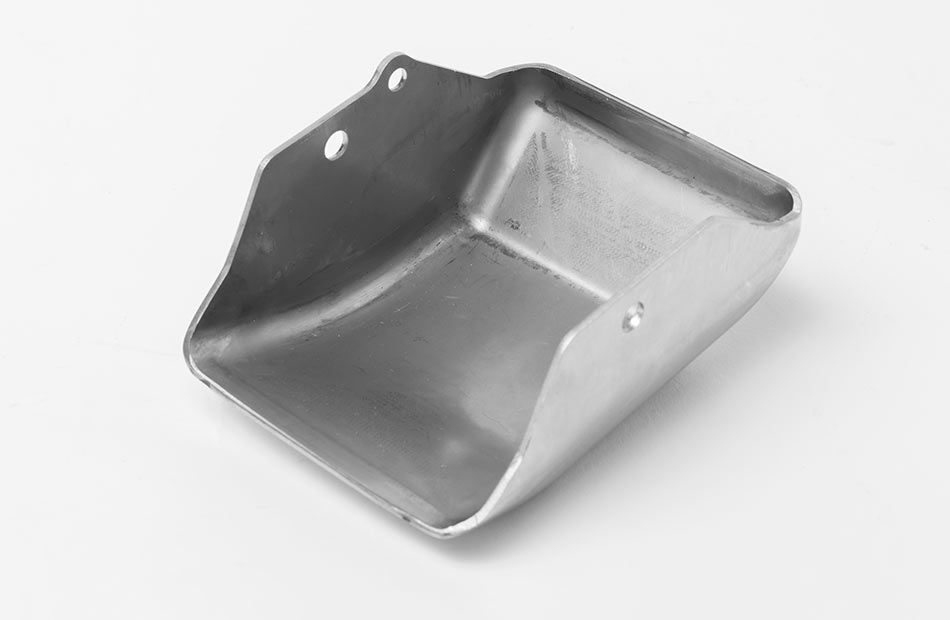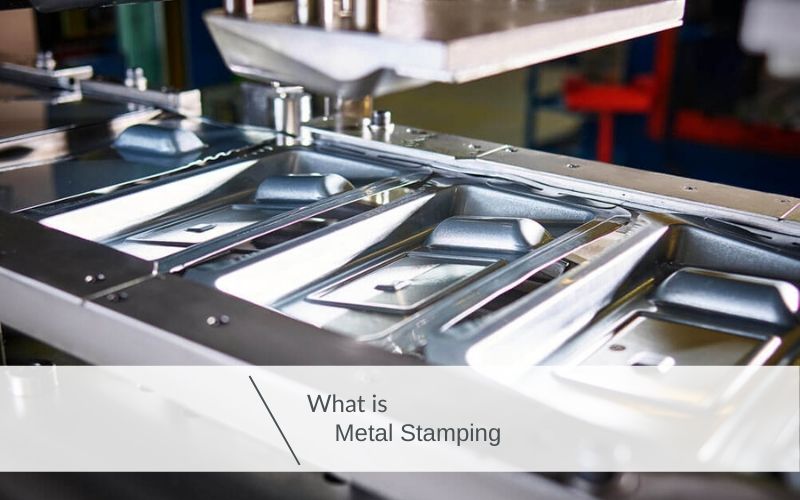The Evolution of Metal Stamping Technology: A Comprehensive Summary
Metal Marking Developments: Elevating Production Processes for Superior Results
In the realm of producing processes, steel marking has actually long been a keystone strategy for generating an array of precision components. With the relentless march of technological advancement, the landscape of metal stamping is undergoing a significant transformation.
Evolution of Steel Stamping Methods

In addition, innovations in material science have actually led to the development of high-strength alloys that can currently be perfectly stamped right into intricate shapes, accommodating a more comprehensive variety of industrial applications. The assimilation of robotics and expert system has actually further optimized the stamping process by improving speed and accuracy while decreasing the threat of human mistake.

Influence of Advanced Materials
Have innovative materials changed metal marking procedures dramatically in the production industry? By making use of materials such as high-strength alloys, advanced compounds, and innovative coverings, metal stamping procedures can now create parts that are lighter, more powerful, and much more sturdy than ever before.
These innovative materials use exceptional mechanical properties, corrosion resistance, and thermal stability, enabling makers to meet the needs of modern industries such as aerospace, automobile, and electronics. In addition, the use of sophisticated products in steel marking has actually facilitated the production of complicated geometries and detailed layouts that were previously unattainable with traditional techniques.
Moreover, the implementation of advanced materials has led to reduced material waste, reduced manufacturing prices, and much shorter lead times, making steel stamping processes much more cost-effective and sustainable. As innovation continues to advancement, the effect of advanced materials on metal stamping processes is expected to drive further technology and boost the competition of suppliers in the global market.
Automation in Steel Stamping
The evolution of metal marking procedures driven by the assimilation of innovative materials has established the stage for considerable improvements in automation within the manufacturing sector. Automation in steel stamping has actually reinvented production procedures, improving efficiency, accuracy, and general outcome high quality. Through the application of robotics, sensors, and computer-controlled systems, jobs that were lengthy and as soon as hand-operated can now be performed with unparalleled speed and accuracy.
Automation in steel stamping not only accelerates production prices but additionally guarantees consistency in the production procedure. By reducing human treatment, the danger of mistakes is dramatically decreased, bring about greater levels of item harmony and dependability. In addition, automation enables suppliers to embark on complex marking tasks that would be not practical or difficult to attain by hand.
Furthermore, automation in metal marking contributes to a much safer working environment by decreasing the demand for employees to involve in recurring or dangerous jobs - Metal Stamping. This shift towards automation not just boosts productivity but additionally paves the method for the future of production, where technology plays a central function in driving functional quality
Quality Control and Evaluation Systems
With a concentrate on precision and integrity, quality assurance and evaluation systems play an essential role in making sure product excellence in metal stamping processes. These systems are designed to keep track of every stage of production, from product assessment to the last item, to guarantee that all parts meet the required requirements. By implementing sophisticated innovations such as optical evaluation systems, coordinate determining devices (CMM), and automated assessing tools, manufacturers can spot even the tiniest inconsistencies in measurements, surface area high quality, and general integrity of stamped components.

Sustainability Practices in Metal Stamping
Building upon the foundation of precision and integrity developed via quality assurance and evaluation systems, the combination of sustainable practices in steel marking processes is progressively becoming a prime focus for manufacturers seeking to minimize ecological impact and optimize resource usage. Sustainability methods in metal stamping incorporate a series of efforts targeted at decreasing waste generation, energy consumption, and greenhouse gas emissions throughout the production procedure.
One key aspect of sustainability in metal stamping is the fostering of environmentally friendly products and modern technologies that promote recyclability and waste decrease. this link By utilizing recycled products and carrying out energy-efficient machinery, manufacturers can lower their carbon footprint and contribute to an extra lasting production cycle. In addition, enhancing manufacturing procedures to minimize material waste and power usage not just benefits the setting however additionally leads to set you back savings for companies in the future.
Moreover, the implementation of lasting methods in metal stamping can enhance brand name track record and interest eco conscious customers. As sustainability continues to get importance in the production industry, integrating environmentally friendly initiatives right into metal stamping procedures is important for long-lasting success and competition on the market.
Conclusion
To conclude, steel stamping methods have actually significantly evolved in time, including advanced materials and automation to enhance producing procedures. Quality assurance and assessment systems play an essential function in making sure premium outcomes, while sustainability practices are increasingly being executed to lower environmental impact. These advancements in steel marking have actually reinvented the sector, resulting in a lot more effective and lasting manufacturing approaches for different markets.
Steel marking, as soon as a handbook and labor-intensive process, has actually changed into a highly automated and innovative method of forming steel sheets right into numerous kinds and styles.Have sophisticated materials transformed metal marking procedures considerably in the manufacturing industry? By making use of products such as high-strength alloys, progressed compounds, and cutting-edge layers, steel marking processes can now produce elements that are lighter, more powerful, and much more resilient than learn this here now ever before.
The advancement of steel stamping processes driven by the combination of sophisticated materials has actually set the phase for considerable improvements in automation within the production industry.In verdict, steel stamping strategies have actually considerably developed over time, incorporating innovative products and automation to improve making processes.